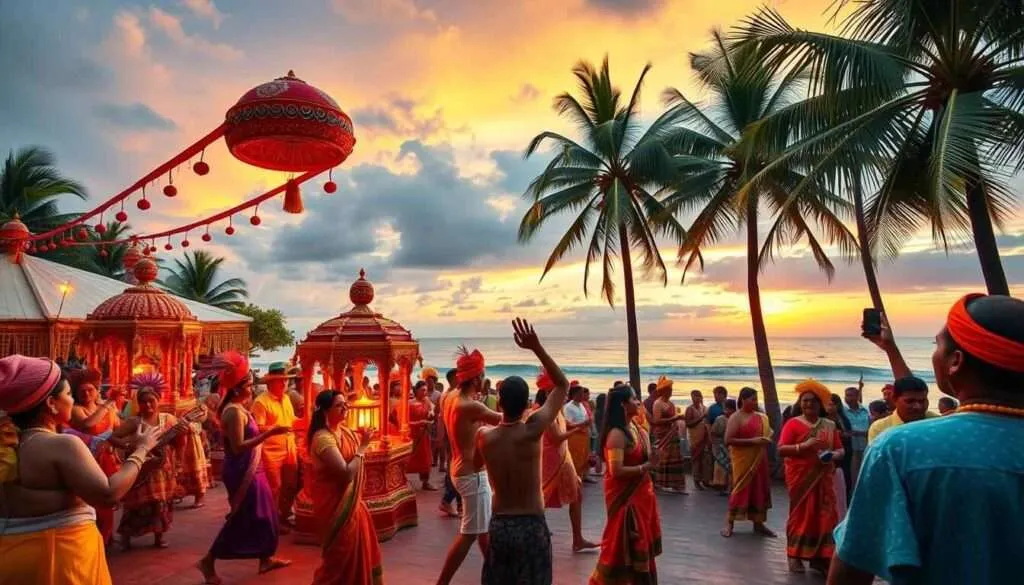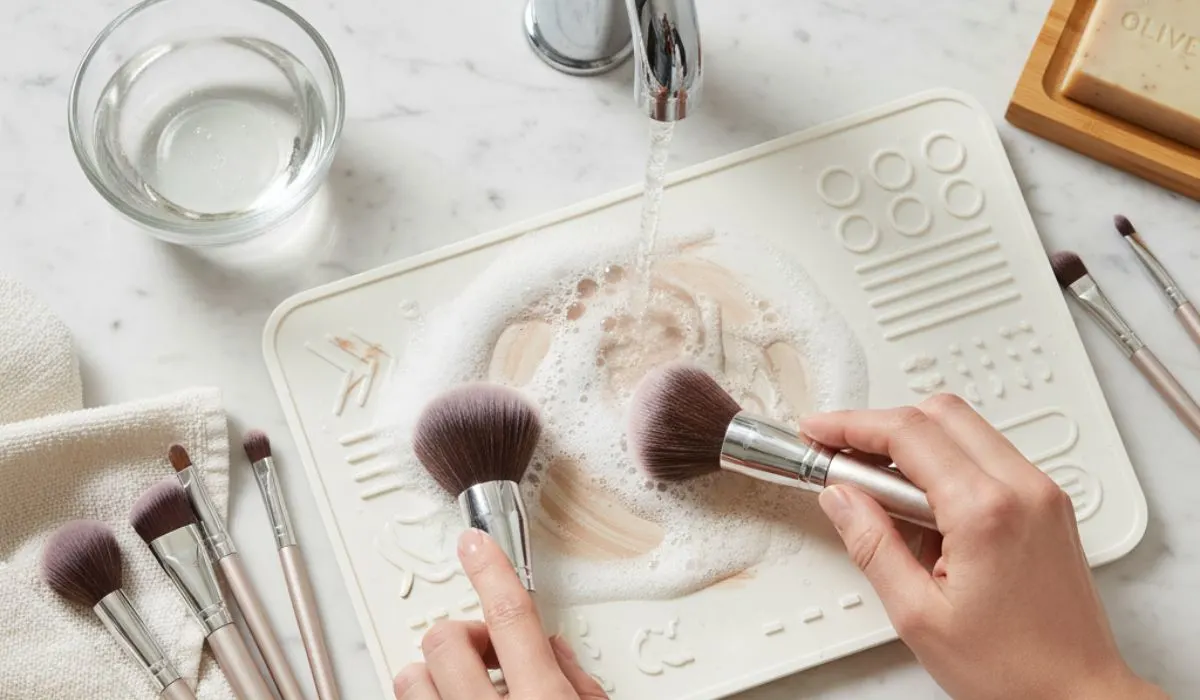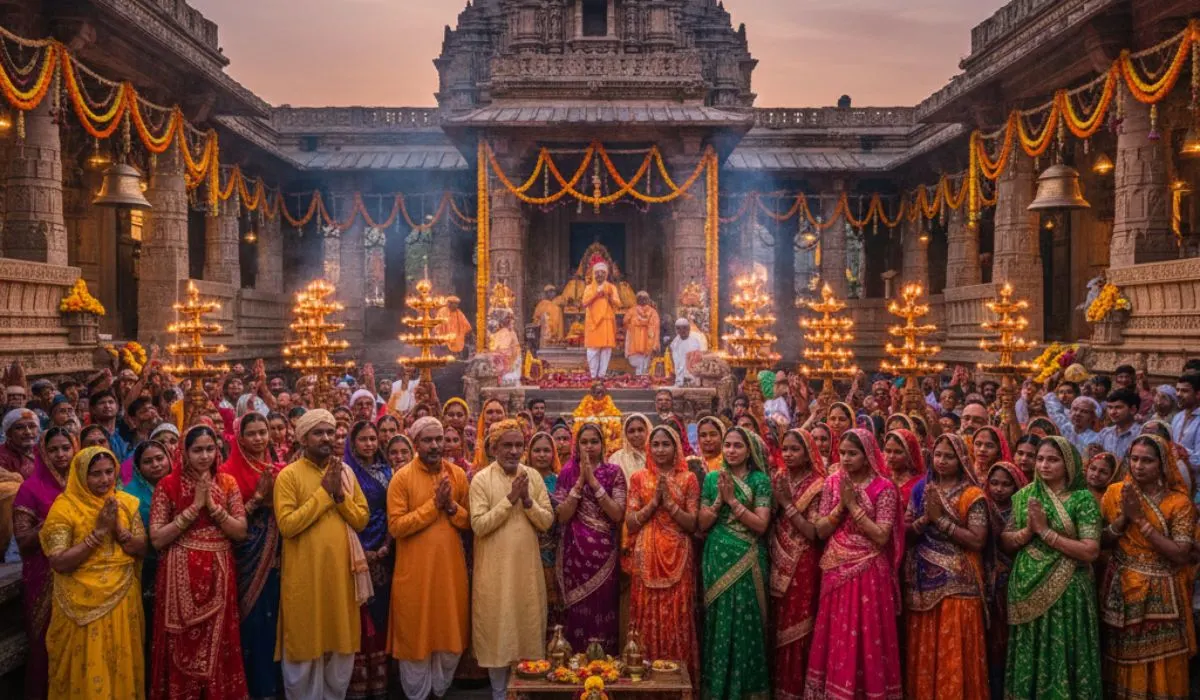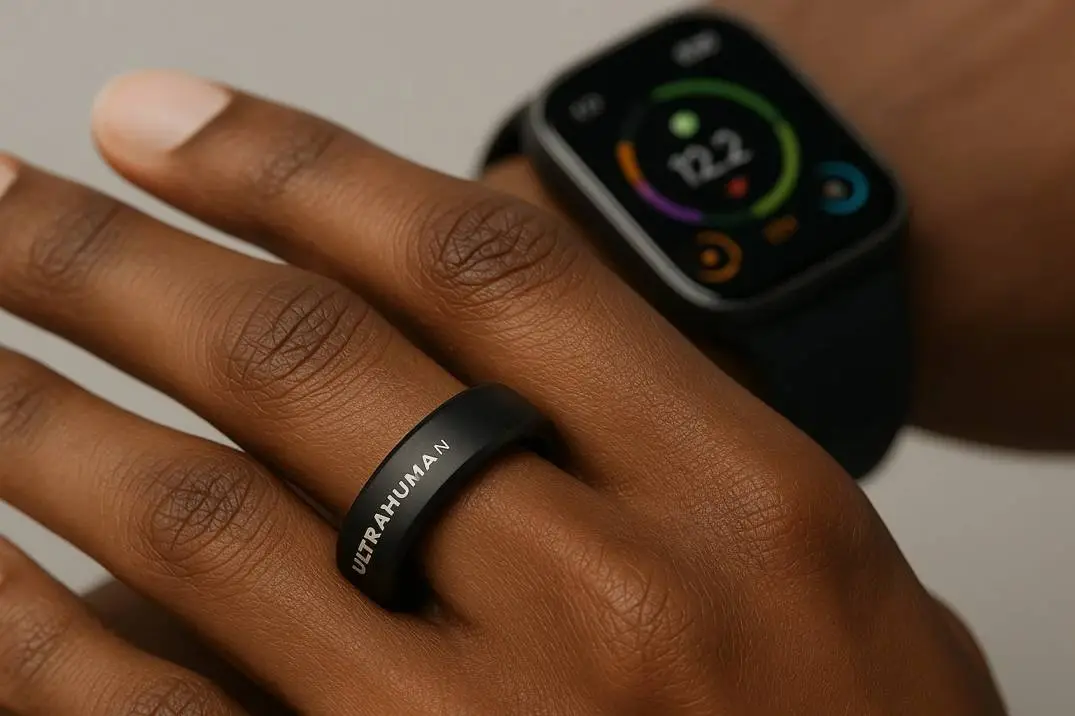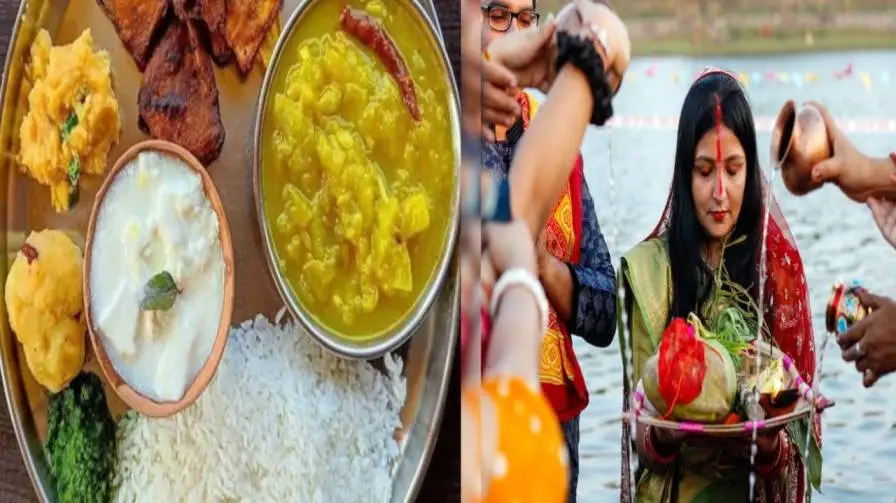For decades, Indian beauty ideals have been narrowly defined by fair skin, straight hair, and Eurocentric features. But as we step into 2025, a refreshing wave of change is sweeping through the Indian beauty industry.
From advertising campaigns to influencer culture and product innovation, there is a growing movement to redefine Indian beauty through inclusivity, diversity, and representation. This shift isn’t just a trend—it’s a long-overdue revolution.
Fair skin has never been regarded as a symbol of beauty in our ancient culture. The fixation on fairness emerged as a result of Western influences and the evolving circumstances within our society. Indian skin, in particular, is rich in melanin, which provides protection against UV damage. Instead of concentrating on skin color, the emphasis should be on enhancing skin health and celebrating natural skin tones.
The Legacy of Traditional Beauty Standards in India

India’s beauty ideals have been deeply shaped by colonial hangovers, Bollywood glamor, and cultural preferences. Fairness creams once dominated the market, reinforcing the notion that lighter skin equated to higher status, success, and desirability. Mainstream media and cinema rarely showcased deeper skin tones, curly hair, or unconventional features.
As a result, many Indians, particularly women, grew up battling colorism, body image issues, and low self-esteem, internalizing narrow beauty ideals as the norm.
The Turning Point: From Fairness to Awareness
The conversation began to shift with the rise of social media and global movements such as:
- DarkIsBeautiful
- UnfairAndLovely
- Body positivity and self-love campaigns
The renaming of products like Fair & Lovely to Glow & Lovely
Younger generations are pushing back against one-dimensional beauty norms. Indian influencers, actors, and models are now celebrating melanin-rich skin, plus-size bodies, freckles, natural hair, and unique cultural features.
Contemporary narratives are challenging the narrow beauty ideals prevalent in India. We honor the diverse shades of Indian skin, various body types, and different expressions of identity.
The rich and vibrant Deccani miniature paintings housed in Hyderabad’s Salar Jung Museum portray women as sensual beings characterized by fair complexions, wide-open eyes, prominent features, slender waists, and curvaceous figures. One particular miniature depicts a royal princess adorned with jewelry, her hands stained with mahawar (alta), serving as an atypical representation of beauty standards from that era.
Over the centuries, the perception of Indian beauty has transformed significantly. It has moved away from rigid definitions. Beauty now serves as a dynamic reflection of societal evolution and a revival of pride in our magnificent traditions.
Authenticity and self-acceptance have taken precedence. We have invited prominent beauty insiders from India to share their journeys in discovering their own identities within the expansive definition of beauty.
India is currently experiencing a renaissance that looks back to its roots as a nation, ushering in a new era of Modern India. Increasingly, cultural nuances—whether in beauty, skincare, wellness, or perfumery—are being embraced and celebrated by younger generations. These elements are being adapted to align with contemporary sensibilities while preserving traditional aspects. For example, home-grown brands are now catering to a wider array of Indian skin tones.
Traditional perfumery in India also reflects this forward-looking approach. India has been a pioneer in global perfumery, yet many remain unaware of this fact. The country is home to the only form of perfumery in the world that is prepared over an open flame.
Kanauj is recognized as the perfume capital of India. Nevertheless, it often surprises people when they learn about the connection between India and perfumery. At Kastoor, we foster pride in art and storytelling. We adhere to the traditional hydro distillation method to create fragrances that resonate with modern scent preferences.
Representation Matters: Breaking Barriers in Beauty
Brands and creators are finally acknowledging the importance of representation. In 2025, we see more inclusive campaigns that:
- Feature models of all skin tones—from dusky to deep brown.
- Embrace varied body types, ages, and gender expressions.
- Include regional diversity—representing South Indian, Northeast Indian, and tribal features that were often overlooked.
This change has led to the rise of Indian-origin brands that champion local beauty and authenticity—like Ind Wild, Fae Beauty, and Ilana Organics—which offer products suited for diverse Indian skin tones and needs.
Ayurveda Meets Inclusivity
India's rich Ayurvedic heritage is also being reinterpreted through an inclusive lens. Rather than promoting fairness, modern Ayurvedic skincare brands focus on glow, nourishment, and holistic wellness, regardless of skin tone.
Consumers are now more interested in products that:
- Balance their dosha (body type)
- Address real skin issues like acne, hyperpigmentation, or sensitivity
- Promote overall health and confidence instead of just external beauty
Social Media and Influencer Impact
Indian beauty influencers like Deepica Mutyala, Kusha Kapila, and Diipa Büller-Khosla are using their platforms to challenge stereotypes. They promote a more authentic, unfiltered version of beauty, embracing their flaws and encouraging their followers to do the same. Platforms like Instagram and YouTube have become spaces where everyday Indians can showcase raw, real beauty—free from filters and editing.
The Role of Men and Non-Binary Voices

Another significant shift is the growing inclusion of men, non-binary, and trans individuals in beauty campaigns. Brands are recognizing that beauty in’t gender-specific, and everyone deserves to feel seen and celebrated. From makeup for men to gender-neutral skincare, the Indian beauty market is opening up in powerful new ways.
What’s Next for Indian Beauty?
As India continues to evolve socially and culturally, inclusive beauty is no longer a niche—it’s becoming the norm. Here’s what we can expect going forward:
More regional inclusivity: Celebrating local beauty rituals and regional skin/hair types.
Custom beauty solutions: Skincare and makeup designed for specific Indian climates and concerns.
Cultural pride: More people embracing traditional beauty marks, natural hair textures, and indigenous fashion.
Final Thoughts
Redefining Indian beauty is about more than makeup or skincare—it's about identity, acceptance, and empowerment. In 2025, India is witnessing a beautiful transformation: one that embraces real, radiant, diverse beauty in all its forms. The future of beauty in India is inclusive, confident, and unapologetically authentic.







